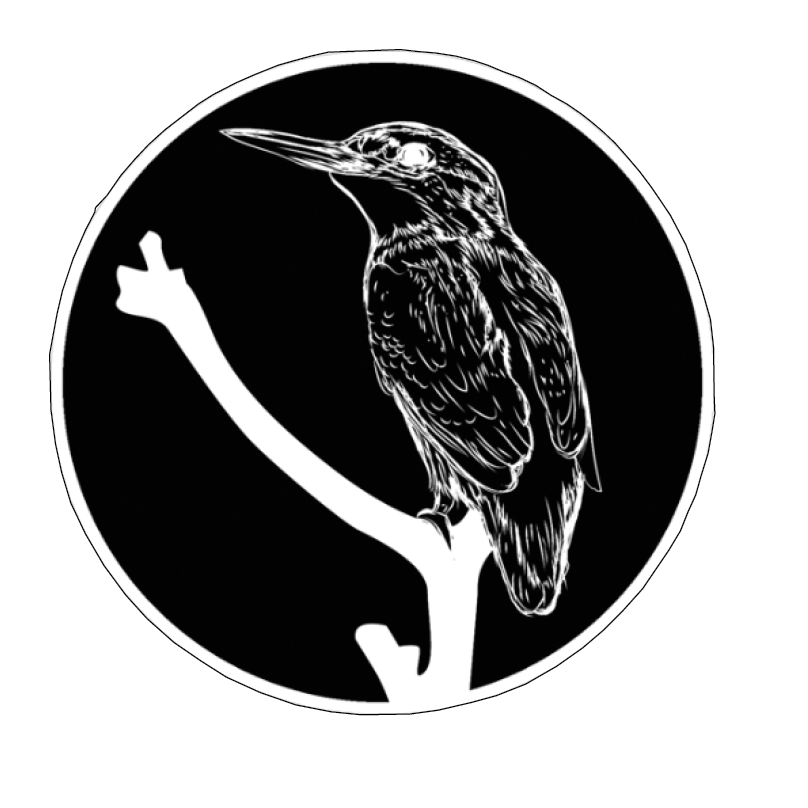© Marco Borggreve
For Thomas Adès, an aquifer is analogous to the way a composer steers a musical impulse. The strength and direction of groundwater, flowing beneath us, is dictated by geology – layers of rock with varying degrees of permeability. So must musical material be channelled through a series of compositional tools: structure, harmony, orchestration and so on. It is from this process that Aquifer gets its title – representing a kind of inverse programme, in which the music informs the subject. Here, Adès enlists the full gamut of his considerable compositional technique to steer, contain and ultimately unleash a musical wave.
The work falls into seven continuous sections loosely distinguished by speed and quality of motion. Welling up from the orchestra’s depths, the opening section is marked by an expansive, twice-repeated theme topped by flutes. In the third section, menacing chromatic bustle in the lower instruments gradually builds, evoking the slow mounting of flood water. The fourth section is a fast-flowing release – a waterfall of sound featuring a soaring melody in the horns. This is reprised in the coda, which ends on a radiant, whole-orchestra C major chord (‘I’ve got this theory that that’s the ideal condition of any piece, that it should end in C major’).
Several main themes ebb and surge across the seven sections, reappearing but never in the exact same way. This fluid structure is mirrored in the makeup of the melodies themselves, which are often stepwise or chromatic. The sixth section, for example, features a sequence of viscous sliding phrases doubled in the strings and trombones – an unusual combination and a good example of Adès’s keen ear for arresting sonority. And, by keeping the entire orchestra busy throughout, with complex, layered scoring, criss-crossing voices and dramatic articulations and dynamics (sforzatissimo, fortissimo–piano, etc.), Adès creates a sense of constant, nervous bubbling – ‘underground rivers’, as he calls it.
The inevitable climax comes with a sense of relief. Ever sensitive to dramatic context, Adès keeps his audience on a string to the last: ‘I wanted the pressure of it to be so great that … the whole orchestra is like a big instrument, quivering, on the verge of exploding in saturation.’ And, ever playful, Adès punctures his climax with a private joke: Aquifer was commissioned by the Bavarian Radio Symphony Orchestra to mark Sir Simon Rattle’s inaugural season as Chief Conductor, and so the closing bars feature a raucous cameo from – what else? – a big rattle.

